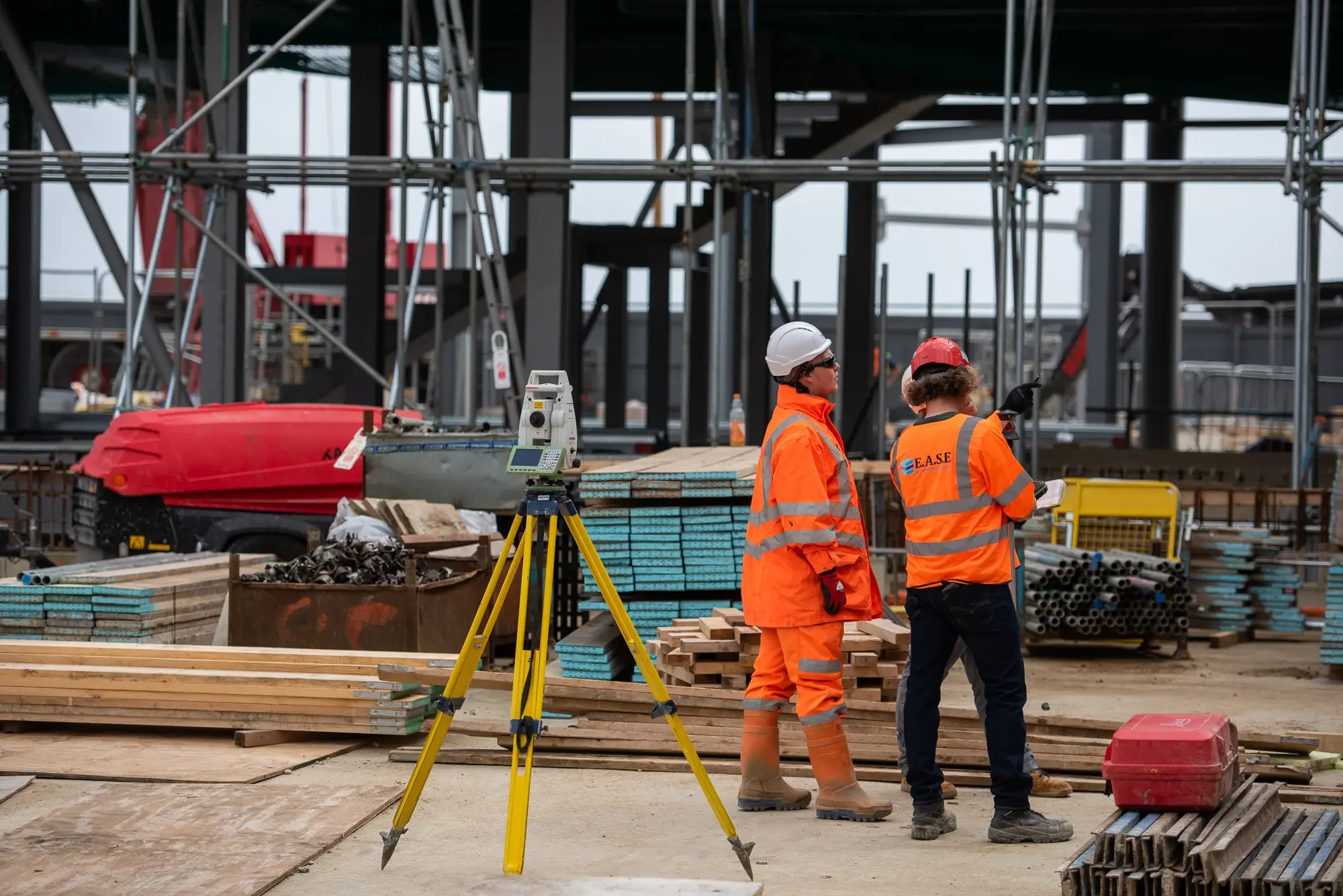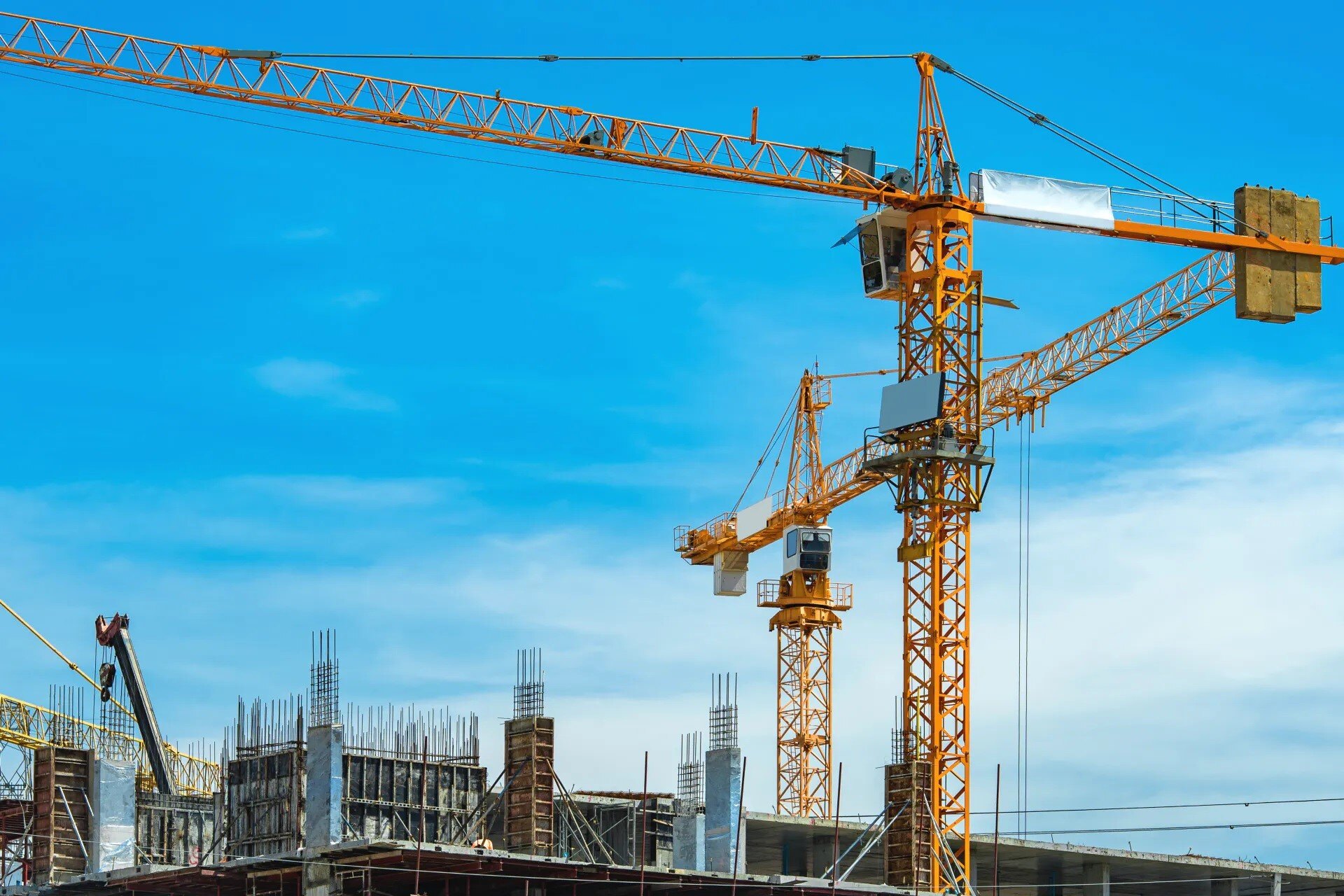
Every profession has a set of theories, rules, and compliances that are essential to abide by. In the case of civil engineering, IS Codes, an acronym for Indian Standard Codes, are the go-to set of guidelines that govern all design and construction processes. All IS codes for civil engineering are developed by the Bureau of Indian Standards (BIS)- a national standards regulatory body that oversees quality, standardisation, and certification across various sectors of the economy.
IS codes for civil engineering are a comprehensive set of guidelines, specifications, and best practices for the design, construction, and maintenance of building and infrastructure projects. They ensure safety, quality, and coherence in construction while adhering to local environmental and regulatory norms. This helps minimise structural failures, compliance with legal standards, and optimisation of resource usage; thus making them indispensable for engineers, architects, and contractors in India.
Categories of IS Codes You Must Know (2025)
Various IS codes for civil engineering cover a wide range of topics including material properties, structural design, water resource management, and earthquake resistance. Let’s have a look at the key types of IS codes that every practising civil engineer must be aware of.
-
General Construction Codes
Guidelines for overall construction practices and safety.
-
Codes for Concrete and Cement
Standards for concrete mix design, material quality, and construction.
-
Codes for Steel Structures
Specifications for design, fabrication, and erection of steel structures.
-
Codes for Soil and Foundation Engineering
Guidelines for soil testing, foundation design, and stability.
-
Earthquake-Resistant Design Codes
Standards for seismic safety in buildings and infrastructure.
-
Codes for Water Resources and Hydraulic Structures
Guidelines for water tanks, reservoirs, and hydraulic structures.
-
Codes for Highway and Transportation Engineering
Specifications for road construction, materials, and traffic management.
-
Environmental and Public Health Codes
Standards for water quality, waste management, and sanitation.
-
Testing and Measurement Standards
Codes for material testing and performance evaluation.
-
Specialised Structures Codes
Guidelines for unique structures like dams, chimneys, and silos.
A Comprehensive List of Key IS Codes in India

There are over 20,000 IS codes in the country. In this blog, we’ll cover the most important IS codes for civil engineering in India and how they can make an impact on your projects. But, before that, let’s explore the top 10 list of IS codes for civil engineering.
|
IS Code |
Description |
|
IS 456 |
Provides guidelines for the design and construction of plain and reinforced concrete structures, covering materials, workmanship, structural design, and durability requirements. |
|
IS 10262 |
Specifies the procedure for concrete mix design to achieve the desired strength, workability, and durability for specific construction requirements. |
|
IS 4926 |
Covers the requirements for ready-mixed concrete, including production, delivery, quality control, and sampling, ensuring consistency in its application. |
|
IS 1343 |
Provides guidelines for the design and construction of prestressed concrete structures, including the use of high-tensile steel and concrete materials. |
|
IS 1199 |
Outlines methods for sampling and analysis of fresh and hardened concrete, inclusive of workability tests like slump, compaction factor, and flow tests. |
|
IS 457 |
Provides a code of practice for the construction and maintenance of reinforced concrete bridges, ensuring structural stability and safety. |
|
IS 1200 |
Covers the methods for measurement of construction work for various trades, including concrete, brickwork, plastering, and painting. |
|
IS 875 |
Specifies guidelines for determining design loads (dead loads, live loads, wind loads, snow loads, and other forces) for buildings and structures. |
|
IS 6461 |
Provides a glossary of terms related to cement and concrete, facilitating standardised communication in the industry. |
|
IS 800 |
Lays down the guidelines for the general design and construction of steel structures, focusing on safety, stability, and economy in construction. |
Now that you’ve explored the top 10 IS codes for civil engineering, here is a detailed list of all IS codes for civil engineering that are relevant to the field of work.

Comprehensive Information About IS Codes
-
IS 269: Specifies the requirements and tests for Ordinary Portland Cement to ensure its strength, fineness, and setting time meet construction standards.
- IS 4031: Details methods for determining the physical properties of hydraulic cement, including compressive strength, consistency, and setting time.
- IS 516: Provides procedures for testing the compressive strength, flexural strength, and tensile strength of hardened concrete specimens.
- IS 1489 (Part 1 and 2): Defines the specifications for Portland Pozzolana Cement, including its composition, physical properties, and performance requirements.
- IS 9103: This is one of the most basic IS codes for civil engineering that sets standards for chemical admixtures used in concrete to improve its workability, durability, and setting time.
- IS 1786: Formulates the technical prerequisites for high-strength deformed steel bars and wires used as geogrids in concrete buildings.
- IS 2062: Specifies the quality, composition, and mechanical properties of structural steel used in construction and industrial applications.
- IS 961: Provides guidelines for the use of high-tensile structural steel in buildings, bridges, and other load-bearing structures.
- IS 4923: Outlines the standards for cold-formed hollow steel sections, namely circular, square, and rectangular profiles for construction purposes.
- IS 808: Specifies the dimensions, weights, and sectional properties of hot-rolled steel sections, such as angles, channels, and beams.
- IS 2720 (Parts 1 to 41): Provides comprehensive methods for testing soil properties, including moisture content, compaction, permeability, and shear strength.
- IS 1904: Offers guidelines for designing and constructing foundations in soils to ensure structural stability and load distribution.
- IS 2950: Establishes design principles for raft foundations to distribute loads over large areas in low-bearing capacity soils.
- IS 6403: Details methods for determining the bearing capacity of shallow foundations to ensure stability and safety in varying soil conditions.
- IS 1080: Outlines the practices for designing and constructing simple spread foundations, particularly for low-rise structures.
- IS 3370 (Parts 1 to 4): Specifies the design and construction requirements for concrete structures used for storing liquids, including tanks and reservoirs.
- IS 4987: Provides guidelines for designing canal linings to minimise water loss, improve flow efficiency, and prevent erosion.
- IS 6512: Establishes criteria for the design and construction of solid gravity dams, ensuring structural stability and safety under hydrostatic pressure.
- IS 12332: Offers guidelines for designing spillways in dams to safely discharge excess water during floods.
- IS 7784: Specifies practices for designing and maintaining drainage systems for irrigated lands to prevent waterlogging and salinity.
- IS 13920: Provides guidelines for the ductile detailing of reinforced concrete structures to improve their seismic performance during earthquakes.
- IS 4326: Lays down design principles and construction practices for earthquake-resistant buildings to minimise damage during seismic events.
- IS 13827: Focuses on improving the seismic resistance of earthen buildings by incorporating structural reinforcement techniques.
- IS 13828: Provides methods for enhancing the earthquake resistance of low-strength masonry buildings through design and construction modifications.
- IS 1893 (Part 1): Establishes the criteria for the seismic design of structures to ensure their safety and performance during earthquakes.
- IS 1203: Specifies test methods for determining the physical properties of tar and bituminous materials used in road construction.
- IS 15658: Defines standards for precast concrete blocks used for paving, ensuring durability and resistance to loads and weather conditions.
- IS 1077: Specifies the quality, dimensions, and strength of common burnt clay bricks used in building construction.
- IS 3370: Provides a code of practice for designing and constructing concrete roads, including specifications for materials and construction methods.
- IS 2720 (Part 5): Details methods for determining the liquid limit and plastic limit of soils to evaluate their suitability for road and foundation construction.
5 Real-World Applications of Civil Engineering
The principles and codes of civil engineering find implementation in various sectors of real estate and infrastructure development. Here are the key applications of civil engineering you must know:
-
Building Construction
This involves the development of a structure by studying its location, local building codes, materials, environmental impact, and software. It also deals with the overall construction management of structures to maintain design standards and timelines.
-
Bridge Construction
It includes the construction of safe and sturdy bridge structures that are separated by natural obstacles. Civil engineers in this field analyse traffic, footfall, anticipated loads, and regional seismic activities to ensure structural integrity and alignment.
-
Road Infrastructure Development
The scope of work under this application entails the planning, designing, and construction of road networks. The work involves creating road layouts, finalising pavement materials, and ideating drainage systems.
-
Airport Design and Construction
Airport design and construction focuses on creating safe, efficient, and organised airport facilities to support air travel for passengers and cargo. It deals with the planning of runway lighting, navigation aids, and air traffic control towers for ensuring safe takeoffs and landings.
-
Water Supply and Distribution System
These civil engineers are responsible for designing and managing the operations of water treatment plants, where raw water undergoes processes such as sedimentation, filtration, and disinfection. These methods eliminate impurities, pathogens, and contaminants, ensuring the water meets rigorous quality standards before it is distributed.
How can Civil Engineers Access IS Codes?

Professionals can access IS codes for civil engineering through various reliable channels to ensure compliance with standardised construction practices. The Bureau of Indian Standards offers them in both print and digital formats. Engineers can purchase IS codes directly from BIS's official website or physical offices. BIS also provides an e-library portal for subscribers, where digital versions of codes can be accessed conveniently. Many universities and engineering institutes maintain libraries with physical copies of key IS codes, making them available to students and professionals for reference.
In addition to BIS, several private publishers compile and sell collections of IS codes in user-friendly formats, often tailored for specific fields like concrete design or steel structures. Some online platforms and forums also provide free or paid access to individual codes or excerpts, although the authenticity of such sources must be verified. To stay updated with revisions and amendments, professionals can subscribe to BIS's update notifications or join civil engineering associations, which often disseminate the latest codes and guidelines as part of their resources for members.
How do IS Codes Guide Construction and Design Practices?

With an understanding of the important IS codes for civil engineering, mentioned below are all the ways in which these codes impact building construction and infrastructure development practices in the country.
-
Establishing Standardised Design Principles
IS Codes define comprehensive design principles that standardise construction practices across the industry. By offering validated methods and specifications, they provide engineers with a reliable foundation for designing structures. It reduces the reliance on trial-and-error approaches.
-
Enhancing Structural Safety
IS codes in civil engineering address challenges such as environmental stresses, load dynamics, and natural disasters, establishing criteria to minimise risks and enhance structural resilience. This focus on safety protects lives and safeguards investments in infrastructure by reducing failures and long-term maintenance costs.
-
Ensuring Material Quality
IS Codes sets detailed specifications for the quality and properties of construction materials. By standardising requirements, they ensure that only certified and tested materials are used, minimising risks associated with substandard products.
-
Facilitating Legal and Regulatory Compliance
IS Codes are often embedded in legal and regulatory frameworks, making compliance essential for obtaining approvals and certifications. Following these codes simplifies the process of adhering to building regulations and ensures that projects meet national standards.
-
Encouraging Innovation and Modern Practices
While rooted in traditional principles, IS codes in civil engineering are designed to accommodate modern materials and advanced construction techniques. The codes are periodically updated to include contemporary methods and technologies, enabling engineers to explore innovative solutions without compromising safety or durability.
-
Promoting Sustainability in Construction
Sustainability is increasingly integrated into construction practices, and IS codes play a significant role in driving environmentally responsible approaches. They recommend practices and materials that reduce environmental impact, promote resource efficiency, and align with global sustainability goals.
Conclusion
IS codes for civil engineering enhance the functionality, stability, and appearance of a structure; helping bring more resilience to the built environment. Having a strong hold over IS codes helps professionals be more confident and smart in their decision-making. It allows them to explore their creativity within a restricted yet versatile set of guidelines.
If you want to learn IS codes for civil engineering and their applications, we suggest you explore the BIM Professional Course for Civil Engineers by Novatr. It is one of the finest programs that share knowledge about civil engineering concepts, codes, and practices using BIM processes. The curriculum teaches industry software with workflows; helping students become seasoned professionals. The course is delivered by the who’s-who of the industry who share insights from their projects and experiences. Additionally, students gain placement support from Novatr, thus enabling participants to secure desired jobs.
Explore the course today!
Visit our Resources Page to discover the latest developments in the built environment.
Was this content helpful to you










